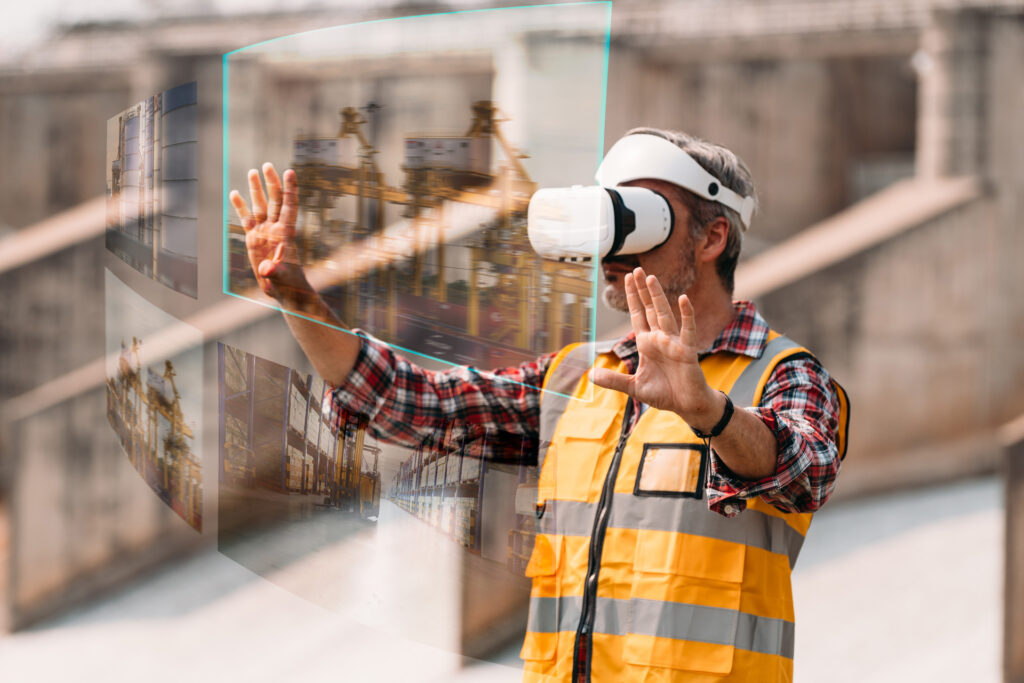We’ve written about VR training and its benefits on a number of occasions. Whilst we undoubtedly love what virtual reality brings to the training room table, it can be easy to lose sight of the purpose a VR training program should aim for.
So in this article, we’re going to switch focus towards optimising VR training by examining how trainers can utilise VR in ways that produce the best benefits for your business.
What do we know about VR Training, Gamification and Interactive E-Learning?
If you’re not already aware of the benefits VR technologies offer a training program, we will give a brief explanation now. However, if you want to take a deep dive into the science of gamification check out our previous blog post.
VR enables content developers to create realistic virtual environments that closely resemble the actual work or learning environment. This enhances the transfer of skills from virtual to real-world scenarios and promotes life-like interaction.
Interactivity encourages the learner to engage with VR training content with higher degrees of concentration and intensity. Immersing trainees in replica settings helps them to acclimatise to their surroundings once they are in the work environment, speeds up the learning process and also increases memory recall.
Studies also show that incorporating gamification in interactive e-learning delivers higher rates of engagement which translates into higher levels of retention.










